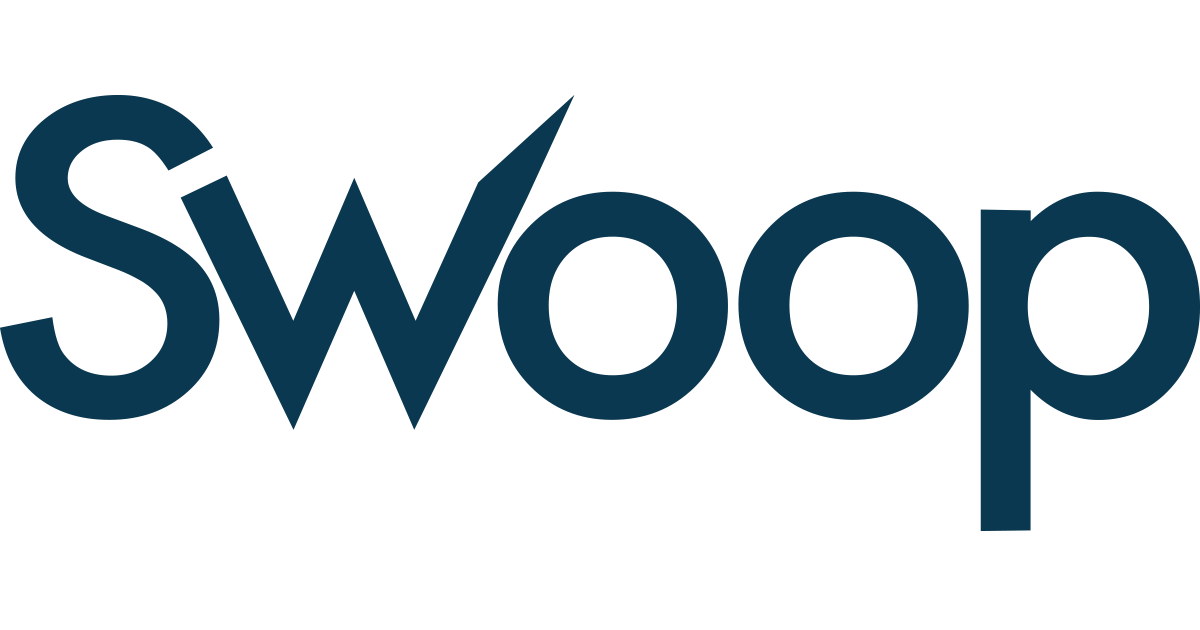By Rae Steinbach, Funding Circle
If the title of this blog post has caught your eye, you might be an entrepreneur who’s recently started a business, or you might be involved in more established business. Either way, perhaps you wish you had a better handle on the financial side of things – specifically, a deeper understanding of the financial terms that matter. After all, it’s the numbers that help you make better decisions: How much cash or inventory do I need? Should I increase my marketing budget? How do I manage my resources? Do I need to look for finance to help the business grow? Even if you have an accountant or a whole accounts team – and especially if you use accounting software – it’s important to get a grip on your finances.
At the risk of seeming patronising, it’s best to firm up your understanding of the absolute basics before you look into the pros and cons of, say, an Advanced Subscription Agreement (ASA) versus a Convertible Loan Note (CLN).
So – and I told you it was back to basics! – let’s get these definitions firmly under your belt:
1. Assets
An asset is any resource that has financial value. Cash is the most obvious example of an asset. Equipment, real estate and inventory are examples of tangible (physical or fixed) assets. Your business will most likely also own intangible assets like brand recognition and intellectual property (e.g. patents, trademarks and royalties).
2. Liabilities
While assets are the resources that contribute to your company’s economic value, liabilities are the exact opposite. A liability is something your company owes. It represents an outflow of cash. An invoice from a supplier is a good example of a liability. But it could also be something like loan or overdraft payments, rent or tax.
3. Expenses
An expense is any cost your company incurs through its operations. If you buy materials to make your products or you pay suppliers, these are expenses. You’ll probably also have overhead expenses, such as paying utilities or buying fuel for your company vehicle – these are not directly associated with creating a product or service.
4. Cash flow
Cash flow represents the income and expenses of your business over a given period. A cash flow statement can provide a picture of how well your company is performing. Cash flow can also be expressed as positive or negative. With positive cash flow, your company is bringing in more money than it’s spending. With negative cash flow, your company’s expenses exceed its income.
5. Cash flow statement
You’ll be able to generate a cash flow statement instantly if you use accounting software. This is great because it means you can determine your business’s long-term solvency or, in the shorter term, your ability to pay the bills. A cash flow statement shows the money that enters and exits your business during a specific period of time. If you have more money going out than coming in, you might look to cover any cash flow shortage with a loan or line of credit.
6. Line of Credit
A line of credit provides a business with the ability to borrow up to an agreed-upon limit on an as-needed basis. Usually, a bank will extend a line of credit to a business. As long as the line of credit is open, the business can continually borrow and repay in a cycle. Just like any loan, the line of credit will have terms for the interest rates and repayment. This type of credit line is known as a revolving credit line but you can also get a non-revolving line of credit.
7. Annual Percentage Rate
The Annual Percentage Rate (APR) is the annual cost of borrowing. When you borrow money, different lenders have different interest rate structures and different fees. This can make it difficult to compare loans. APR simplifies the issue of accounting for all of the costs. It takes the interest and the fees over the life of the loan, and then divides that figure by the term of the loan. This figure is used to determine the annual percentage you’ll have to pay to service the loan.
8. Net profit
You’ll hear net profit referred to as net income or net earnings. And, because it’s usually found on the last line of your ‘profit and loss’ statement, it’s often also called the bottom line.
This figure is the total amount your business has earned – or lost – at the end of a specified accounting period (usually a month).
To calculate net profit, you subtract all your business expenses from your total revenue. This figure shows you whether your business’s earnings are increasing or decreasing.
9. Equity
Equity represents the stake that shareholders have in your company. In other words, this is the money that you’d return to shareholders if all of your company’s assets were converted to cash.
10. Valuation
Valuation is the process by which you determine the current value of an asset or a company. As it concerns a business, valuation can be useful if you’re looking to sell your business or if you’re trying to obtain some kind of equity financing.
Summary
See, you knew most of this, didn’t you? I’m not saying you should spend your days analysing financial statements – by all means leave this to the accountants and the clever accounting software. But if you’re a little more fluent in finance you’ll be much better at maintaining oversight of your company’s operations through financial reports and budgets. If you can see clearly how your company is faring financially you’ll be well equipped to make decisions allow you to – yes, here it comes – grow your business.
Plus, being financially savvy will help you talk about your company’s past and future growth with colleagues, potential customers and possibly investors.
Rae is a graduate of Tufts University with a combined International Relations and Chinese degree. After spending time living and working abroad in China, she returned to NYC to pursue her career and continue curating quality content. Rae is passionate about travel, food, and writing for Funding Circle.






 yet? Register here!
yet? Register here!